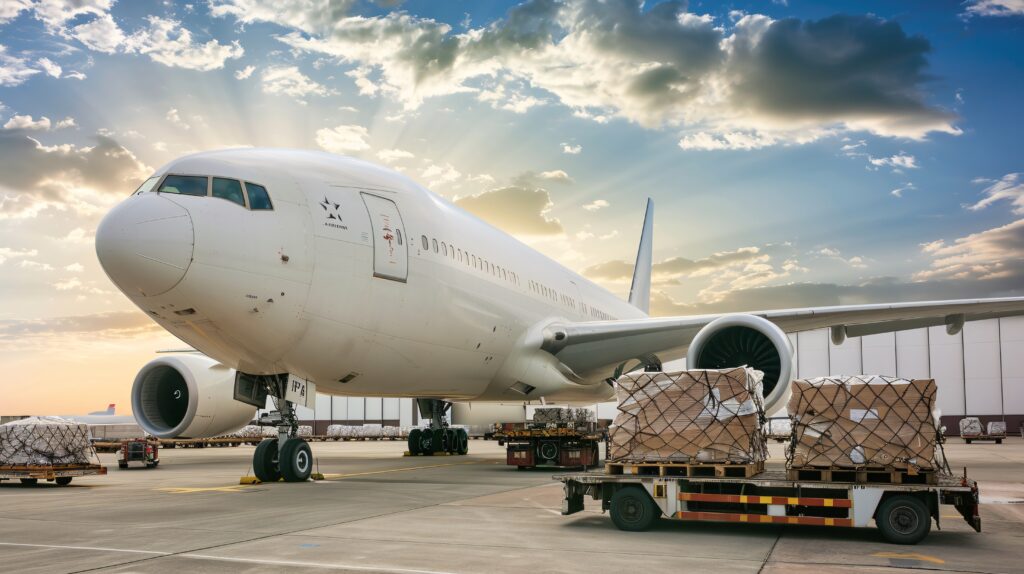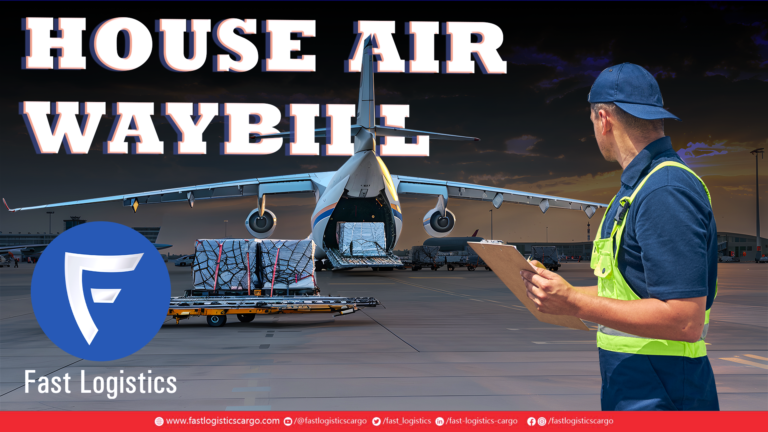Navi Mumbai International Airport
Navi Mumbai International Airport (NMIA), inaugurated in October 2025, marks a turning point for Mumbai’s aviation sector and the broader logistics landscape in western India. Operated by Adani Airports Holdings Ltd and CIDCO, the airport’s architecture takes inspiration from the lotus and promises a seamless blend of aesthetics and high-tech passenger experience
Facilities and Infrastructure
In its first phase, the Navi Mumbai International Airport has one terminal and runway, with capacity for 20 million passengers per year. By 2032, it will expand to four terminals, two parallel runways, and accommodate 90 million passengers annually. Key features include advanced landing systems, extensive passenger amenities, and a fully automated cargo terminal with digital tracking and temperature control zones for sensitive goods
NMIA V/S CSMIA
How will Navi Mumbai International Airport Benefits to the Logistics Sector

Automated Cargo Terminal:
- Paperless operations
- Advanced digital tracking
- Temperature-controlled zones for perishables and pharmaceuticals
Cargo Handling Capacity:
- Initial capacity 0.5 million metric tonnes
- Expandable to 3.25 million metric tonnes
Connectivity:
- Proximity to major highways
- Access to metro routes
- Dedicated freight corridors
Regional Economic Impact:
- Boost to warehousing
- Support for express delivery services
- Facilitation of specialized cargo logistics
Connectivity with Mumbai Ports
Navi Mumbai International Airport (NMIA) is 14 km from Jawaharlal Nehru Port Trust and 35 km from Mumbai Port Trust. Dedicated road links like the Mumbai Trans Harbour Link and Ulwe Coastal Road enable fast cargo transfer, reducing transit time and costs. This multimodal connectivity positions Mumbai as a competitive global gateway for trade, attracting foreign investment and strengthening its logistics power.
Navi Mumbai International Airport is set to transform Mumbai’s aviation and logistics landscape by easing congestion and boosting connectivity. With advanced facilities, increased passenger and cargo capacity, and strong multimodal links to ports and highways, NMIA will enhance trade efficiency and attract investment. This new airport will be a major economic driver, creating jobs and positioning Mumbai as a leading global trade gateway.










